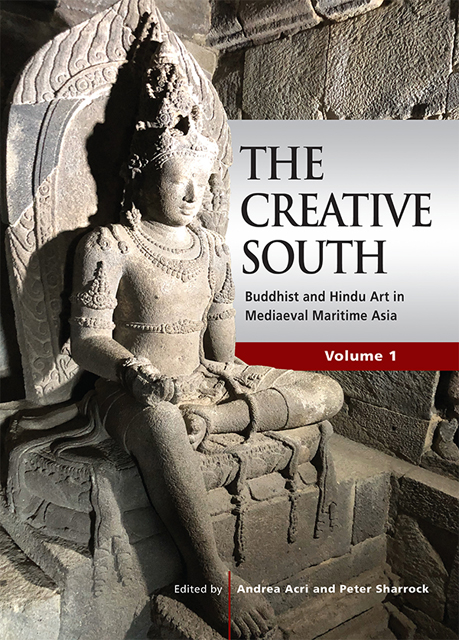7 - Libraries or Fire Shrines? Reinterpreting the Function of ‘Annex Buildings’ in Khmer Śaiva Temples from the Prism of Early Śaivism
Published online by Cambridge University Press: 01 September 2023
Summary
Introduction
A unique feature of Cambodian temple complexes dating from the early to the late Angkorian periods was a small annex building (of brick and sometimes stone or laterite) with ventilation holes, built in the southeastern quarter of the main temple, which scholars have tentatively called either a ‘library’ or a ‘fire shrine’. These enigmatic structures and their function call for further investigation.
In what follows we tentatively seek to establish the original function of those structures, and its possible evolution from the early Angkorian through the Angkorian period, by analysing their peculiar architectural features against the background of the Sanskrit inscriptional record from the Khmer domains and Sanskrit transmitted texts from South Asia describing the observances and ritual practices of (Pāśupata or Pāśupata-influenced) early Śaivism. We do not deny the possibility that (some of) these annex buildings might have functioned as manuscript repositories, but rather argue that they served predominantly (or, perhaps, even simultaneously) as sacred spaces for specific Śaiva rituals, including ash-related rituals of the Pāśupata sect, as well as initiation- and homa-rituals.
Having first analysed the architectural features of the annex buildings and similar structures, for which we propose a threefold taxonomy, we review the interpretations thus far advanced by scholars on the basis of both archaeological data and Sanskrit inscriptions from the ancient Khmer domains, and start to elaborate our own in terms of a possible dual function for the buildings. Then we look for traces of Pāśupata practices and their underlying ideology in the Khmer temple architecture, in particular in the annex buildings under scrutiny, by matching the archaeological data with textual data, including Pāśupata texts and early Śaiva sources like the Śivadharmottara. We conclude by elaborating on the importance of sacred fire and the bestowal of the Śaiva gnosis by the ācārya in the Pāśupata initiation ritual, which may have provided one of the raisons d’être for the annex buildings, and by giving a brief survey of the archaeological finds recovered from some of those buildings, which would seem to support their use for homa rituals.
Architectural Features And Functions Of The Annex Buildings
- Type
- Chapter
- Information
- The Creative SouthBuddhist and Hindu Art in Mediaeval Maritime Asia, pp. 222 - 288Publisher: ISEAS–Yusof Ishak InstituteFirst published in: 2023



